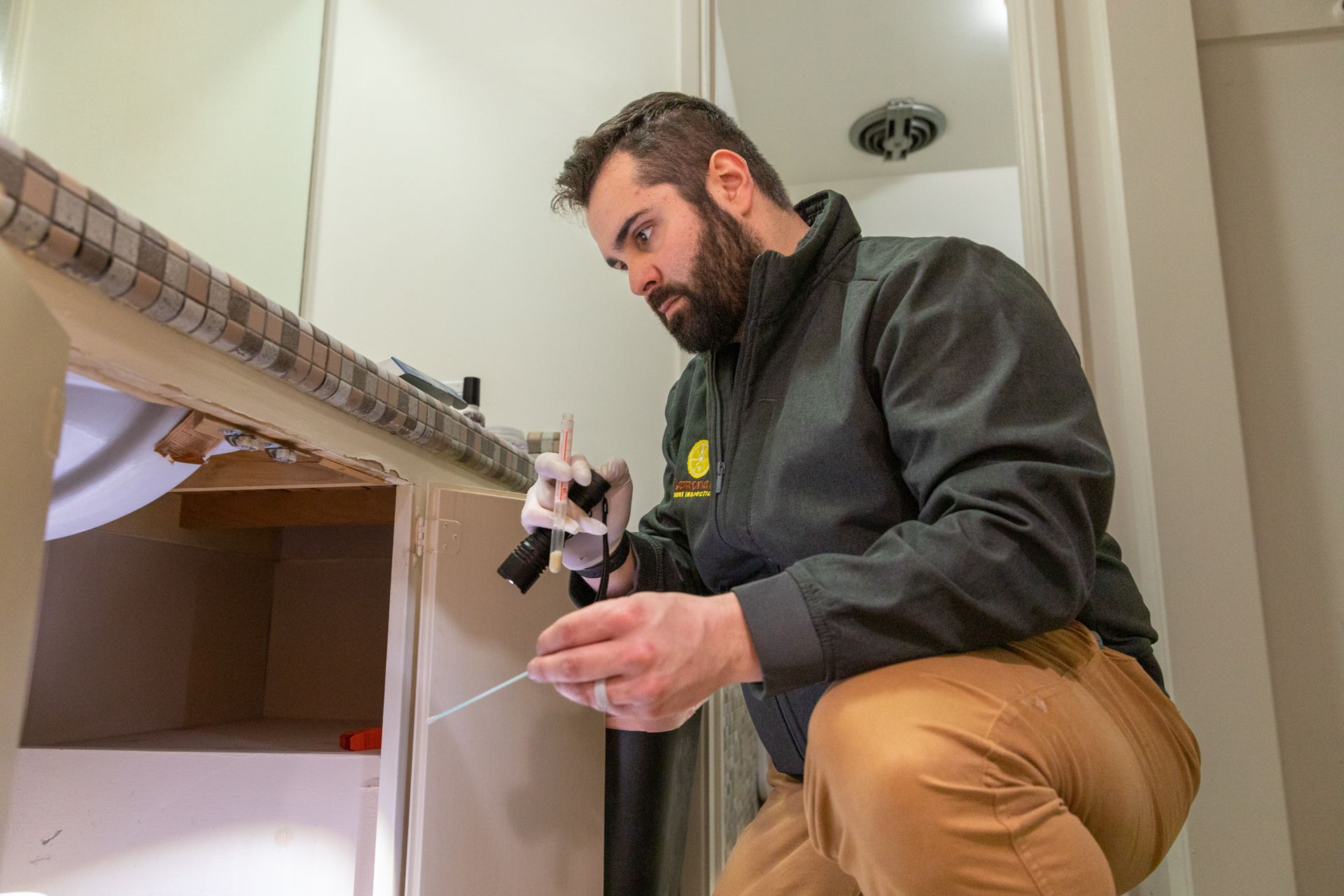Whether you're a longtime Ohio homeowner or preparing to buy your first home, energy efficiency should be a top priority. Ohio’s climate—from humid summers to freezing winters—means your home works hard year-round to keep you comfortable. But if your home isn’t energy-efficient, that hard work comes at a high cost.
A professional home inspection doesn’t just uncover major structural or safety issues—it can also identify areas where your home is losing energy. Let’s explore how a home inspection can reveal opportunities to improve energy efficiency, reduce utility bills, and create a more comfortable, eco-friendly living environment.
Why Energy Efficiency Matters in Ohio
With Ohio’s fluctuating seasons, the demand on heating and cooling systems can be intense. The more efficiently your home performs, the lower your energy consumption, utility costs, and carbon footprint. For older homes especially, energy inefficiencies often go unnoticed until they lead to high bills or uncomfortable drafts. That's where a detailed inspection comes in.
How Home Inspections Identify Energy Loss
During a general home inspection—or an energy-specific audit—inspectors evaluate several key areas of the home that directly impact energy usage. Here’s what they typically look for:
1. Insulation Gaps
Proper insulation is essential for keeping your home warm in the winter and cool in the summer. Inspectors check attics, basements, crawl spaces, and wall insulation (when accessible) to see if:
- Insulation is up to current standards
- There are gaps, compression, or water damage
- Insulation is missing in key areas like rim joists or attic hatches
2. Drafty Windows and Doors
Inspectors often find energy loss around windows and doors due to aging seals, poor caulking, or single-pane glass. This is especially common in older Ohio homes.
What they check:
- Air leaks and drafts near windows and door frames
- Broken or inefficient windows
- Worn-out weather stripping
3. HVAC System Performance
Your heating and cooling systems play a major role in energy consumption. Home inspectors evaluate:
- System age and efficiency
- Ductwork condition and insulation
- Dirty filters or clogged coils
- Thermostat functionality
4. Attic Ventilation
An often-overlooked aspect of energy efficiency, attic ventilation keeps air circulating to prevent heat buildup in summer and moisture accumulation in winter.
What inspectors look for:
- Blocked or missing vents
- Signs of condensation or mold
- Inadequate air circulation
5. Appliances and Lighting
While not the primary focus of most inspections, some inspectors will note outdated or inefficient appliances, especially those built before modern energy standards.
Benefits of Addressing Energy Efficiency Issues
Once a home inspection identifies energy inefficiencies, homeowners can take action. These fixes range from simple weekend projects to larger investments that pay off over time.
✅ Lower Utility Bills
Upgrading insulation or sealing air leaks can drastically reduce heating and cooling costs—especially in the most extreme months.
✅ Improved Comfort
Say goodbye to hot and cold spots, drafts, and stuffy rooms. An energy-efficient home maintains a more stable and comfortable indoor temperature.
✅ Increased Home Value
Energy efficiency upgrades can increase resale value and appeal to eco-conscious buyers. Adding ENERGY STAR-rated appliances, updated windows, or smart thermostats are strong selling points.
✅ Eligibility for Rebates
Ohio homeowners may qualify for utility company rebates or tax incentives for making energy-efficient improvements. These programs can offset the cost of upgrades recommended by your inspector.
Bonus Tip: Consider a Home Energy Audit
While a standard home inspection can highlight many energy-related issues, a professional energy audit takes it a step further. This specialized inspection uses tools like blower doors, infrared cameras, and pressure gauges to pinpoint energy loss with precision.
Many Ohio utility providers offer home energy audits at low or no cost—making it a smart addition to your inspection strategy.
Conclusion
A home inspection is more than just a checklist before buying or selling—it’s an opportunity to uncover energy inefficiencies and make smart, cost-saving upgrades. In a state like Ohio, where weather extremes put homes to the test, improving energy performance lowers your bills and creates a more comfortable and sustainable living environment.
Whether you're buying a new home or living in your forever one, ask your inspector what you can do to boost energy efficiency. A few small changes today can make a big difference tomorrow.
Looking to schedule an inspection with energy efficiency in mind?
Reach out to Lemonade Home Inspections to get started!




